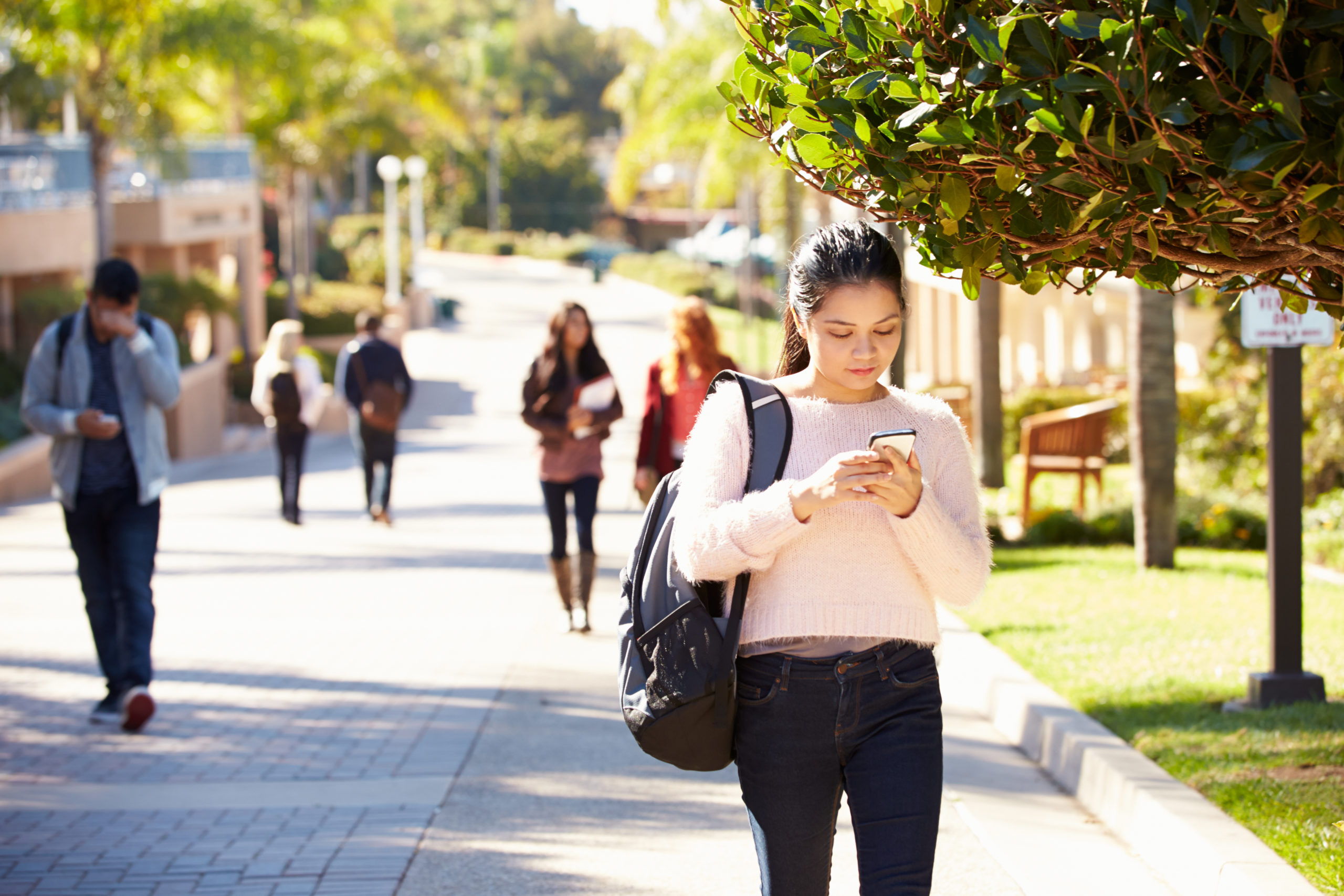Abortion rights, women of color, and LGBTQIA+ people are under attack. Pledge to join us in fighting for gender justice.
For the Culture: Celebrating Black Joy and Legacy at HBCU Homecomings

“Around this time every year, the leaves start to fall, the air starts to chill, and the group chat starts to buzz with excited plans to return to home. Home to a space that was established to nurture you, educate you, and welcome you back with open arms.” Sudria Twyman, Spelman College
I remember my first experience attending a homecoming parade at Morgan State University so clearly. I had just turned 18 and didn’t know what to expect while attending a Historically Black College and University (HBCU) Homecoming tradition. Still, I wanted to support my older cousin, who had spent months in flag practice for Morgan State’s Magnificent Marching Machine. The marching band’s drums, brass sounds, and majorettes’ dancing filled the streets while I watched my cousin perform with her flag team. I could feel the music beat inside my chest, and being part of the crowd felt infectious.
Homecoming is full of fun festivities celebrating the legacy and school pride with dollops of Black joy mixed in between. Each school celebrates differently but has some connecting themes. The National Museum of African American History and Culture describes Homecoming as having the essentials: Tailgating, The Step Show, The Yard, and the Halftime Show. It serves as a safe space for Black students to showcase their talents and show support for their fellow students.
“With the risk of sounding cliche, my favorite part of Homecoming was always Yardfest. The concerts were unmatched, although sometimes chaotic (looking at you, Aubrey Graham). You were almost always guaranteed to wait 30 minutes for food, but you didn’t mind because you knew how good it would be. But the best part, for me, was making your way across the Yard and running into your freshman year roommate, or the classmate you bonded with over the professor you both disliked, or the friend who just graduated last year but moved away.” Victoria Wright-Mosby, Howard University
HBCUs have been sites of activism that serve as safe havens for young and older Black people to connect through education. Morgan State University, Howard University, Norfolk State, North Carolina A&T, Fisk University, Morehouse, Spelman and the other 100 HBCUs in this country were founded before 1964 with their main mission to provide Black Americans with a quality education.
After the United States Civil War, the Freedmen’s Bureau, along with various churches and organizations, helped establish learning institutions for Black students. Black students faced racism and were systematically denied admission, especially in previously Confederate states. HBCUs created Homecoming season to provide spaces for students and alums to celebrate themselves and show school pride.
HBCUs have produced numerous Black professionals, such as doctors, lawyers, educators, and engineers, while creating space for their students’ leadership and community service. Particularly for Black women, notable graduates like Kamala Harris, Toni Morrison, and Ella Baker have all helped to break down gender barriers in politics, education, and the arts.
“Homecoming for HBCU alums is often one of the only occasions where we can bring our full Black selves and fully immerse in the culture that is often imitated, but never duplicated. It is an opportunity to reconnect with our institution, relive our history, and applaud our accomplishments. It is a magical space where you can see someone you haven’t connected with in years, and it immediately feels like no time has passed. It’s also a marathon, not a sprint (especially as you get older) ―so stay hydrated!” Sudria Twyman, Spelman College
Homecoming enables students and alums to feel affirmed and celebrate Black culture at their respective HBCUs. Representation is essential for Black students, especially Black women and girls in school. Our report, “Keep Her Safe: Centering Black Girls in School Safety,” highlights the importance of Black girls and women feeling safe and represented in schools. Student co-authors mentioned wanting the feeling of community in middle and high school, and these feelings can continue on into higher education. Building an identity and community in high school can be challenging for Black students in K-12 schools who may feel isolated or lack representation and support from teachers and staff. Over-policing, ugly racial stereotypes, and sexism create environments where Black girls feel less safe and supported.
Homecoming season’s rich legacy inspired classic Black movies and TV shows like the infamous step circle from “School Daze,” “Drumline’s” famous final drumline scene, “Stomp The Yard’s” step show competition, and “A Different World’s” iconic step show. Some of your favorite celebrities and legislators graduated from HBCUs and have been seen enjoying homecoming festivities.
HBCU homecomings also inspired Beyonce’s iconic (and only) 2018 Coachella performance and live album, “Homecoming.” Her performance showcased the Black Homecoming experience through her marching band, stepping, majorettes, and traditional call-and-responses with the audience. And yes, if you’re wondering, I’m currently listening to her album while writing this. There’s something magical about hearing the live marching band version of “Everybody Mad” by OT Genasis.
Whenever I think about Homecoming, I can’t help but go back to feeling so proud to see my older cousin smile while twirling her flag to the music, passing the crowd by like so many that had come before her in past decades. This moment of pride is more than my cousin’s performance – it’s about the legacy, resilience, and joy that has sustained Black communities for generations. As HBCUs continue to grow, these traditions remain a powerful source of pride, connection, and celebration.





